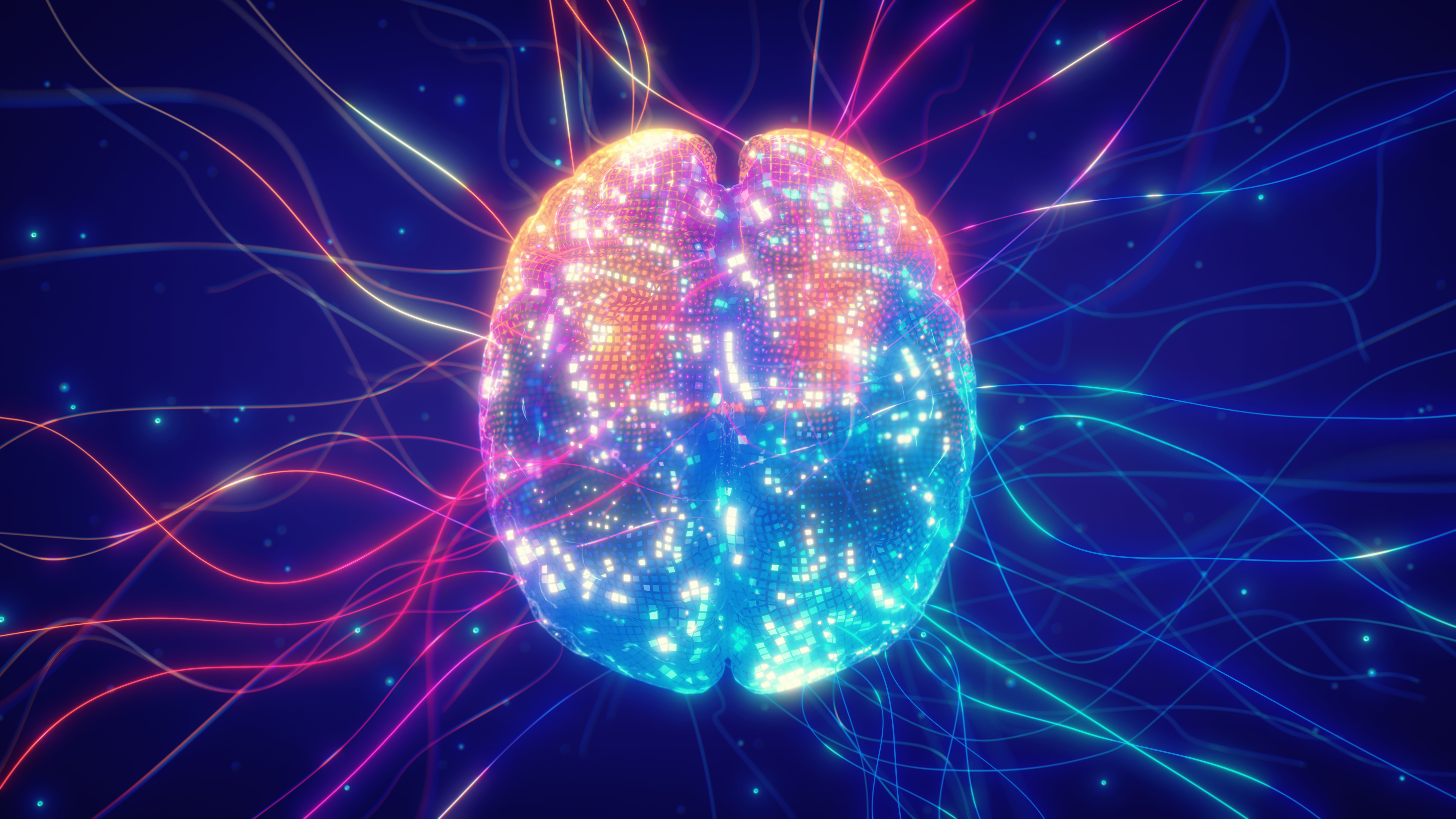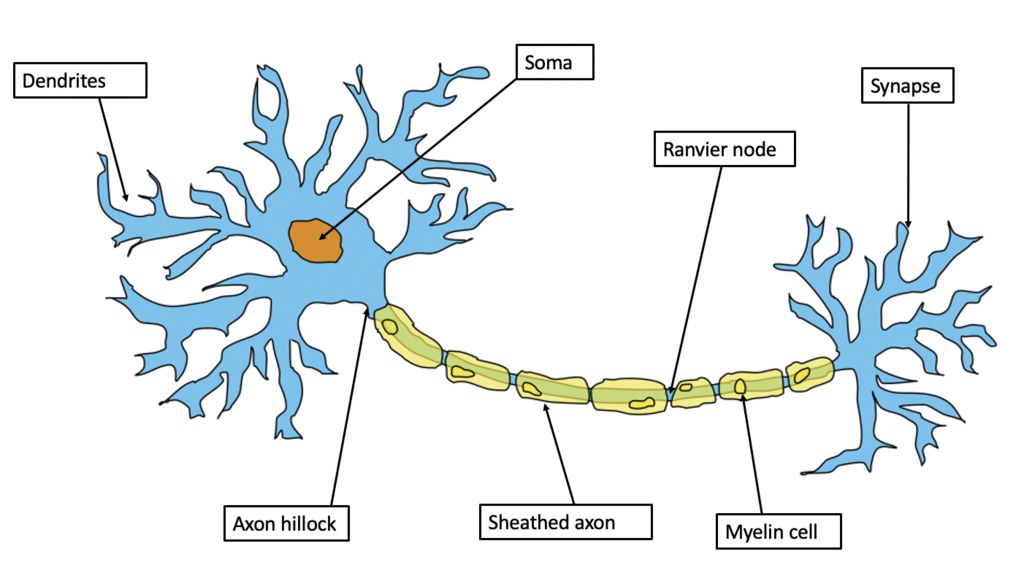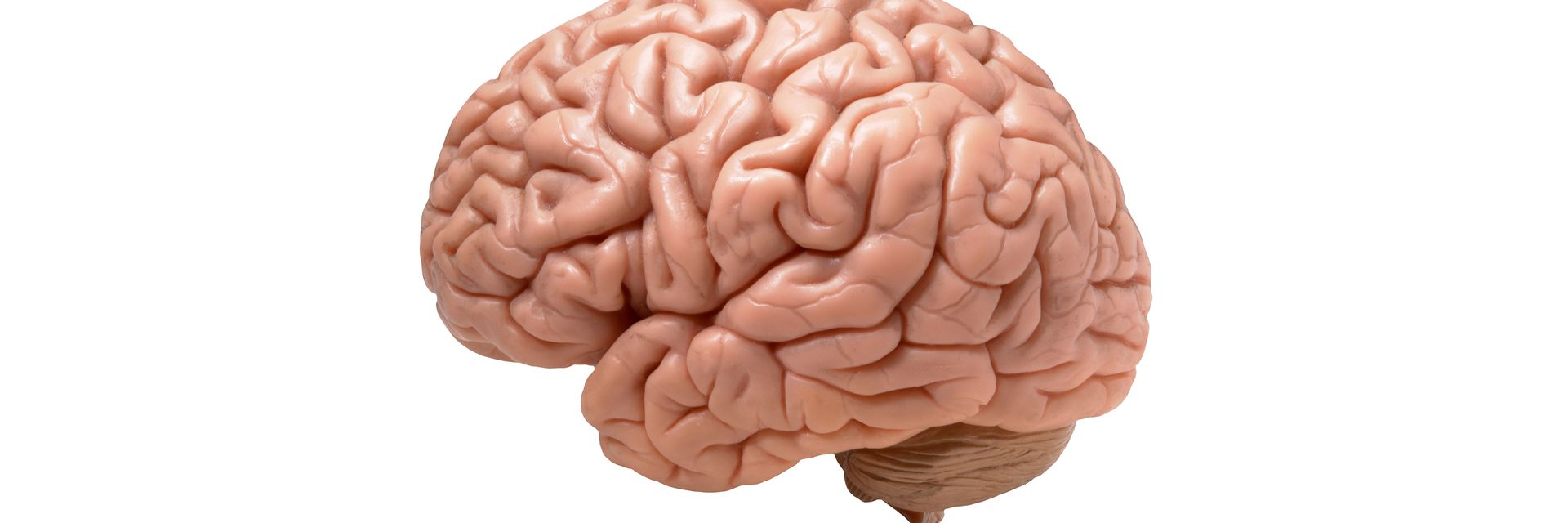New discoveries about the brain are made constantly, and what we once believed true may no longer be the case. Unlike in the past, the brain is now thought to be more flexible and is no longer believed to be “hard wired.” But what does this mean for us? Thanks to neuroplasticity, the brain may just be able to rewrite itself in order to account for new skills and to heal neurological injuries.
◊
The human brain is amazing. It dictates when we sleep, how we feel, and what we see (to name a small fraction of its capabilities). It’s the control center of our body. But what happens when something goes wrong? Incredibly enough, our brains actually rewrite themselves to change and adapt to the unique situations we encounter in life. This is called neuroplasticity.
What is Neuroplasticity?
Neuroplasticity is the brain’s ability to form new connections and pathways – to reinvent itself. But how does it do that? Well, contrary to what you might believe, our brains are actually constantly changing and rewiring themselves. When you have a repeating behavior, thought, or emotion, the brain actually creates and reinforces neural pathways.

(Image courtesy of Adobe Stock)
Think of your brain as muscle, and neuroplasticity as a workout day at the gym. Certain behaviors or actions are the reps we do at the gym. The more we do them, the stronger our muscle – our brain – becomes.
But doesn’t age affect the brain’s learning, development, and abilities? Yes, and no. While connections in the brain form more easily at a younger age (it’s easier to learn a language, instrument, skill, etc. when you’re a child), the brain is constantly changing throughout life – making stronger or weaker connections depending on how you use it.
There are two types of neuroplasticity. The type described above – one that focuses on strengthening connections between the brain’s neurons and synapses – is known as Structural Neuroplasticity. There is also the phenomenon of Functional Neuroplasticity, which is when permanent changes occur in the brain due to learning and development. Both types are important for our development, but structural neuroplasticity is perhaps the more intriguing – showing us that nothing is set in stone and that changes can be made to the brain throughout one’s lifetime.
Plasticity and Everyday Life
Some people are musicians, some mathematicians. Some have better spatial relations, and some can learn skills quicker. Are we born with these tendencies? Or are they learned? Studies have shown that the more an individual uses a part of their brain, the stronger that part becomes – thanks to structural neuroplasticity.
It was once thought that people were innately more “right brained” or “left brained,” that the left side of the brain accounted for logic and that the right side accounted for creativity. We now know that this is a myth. In fact, the whole brain handles tasks, although certain processes aren’t always divided equally across both sides of the brain.
In a study conducted on London taxi and bus drivers, it was found that the taxi drivers had a larger hippocampus (the part of the brain responsible for regulating emotions and accessing memories) than the bus drivers. Why? It’s believed that this is because taxi drivers need to access their spatial memories more often in order to navigate the entire city, while bus drivers only have to access memory of a single route every day.

Neuron (Image courtesy of Wikimedia)
Driving isn’t the only skill that exercises certain parts of the brain. In a study comparing musicians and non-musicians, researchers found that professional musicians had a higher volume of gray matter (the type of brain tissue that contain axon terminals, which receive messages in the brain) in the primary motor and somatosensory areas of the brain (which handles our senses – feelings, pain, visual, or auditory stimuli). Based on the amount of practice time, the musicians’ brains formed more connections to enhance motor skills.
Unbelievable Cases of Neuroplasticity
As we learned, the brain is able to form new connections and change the way it’s wired depending on how it is used. But to what extent does this happen? You may be surprised to learn just how much the brain can do.
In some cases, the brain can even heal seemingly permanent damage. This happens when the brain learns how to redistribute control of certain functions that were previously lost due to destroyed or missing parts. Cases have shown that patients are able to recover from traumatic events like strokes and brain injuries – seemingly relearning abilities that should have been lost for good. But how does this work?
In January 2011, U.S. Representative Gabrielle Giffords was shot in the head by a would-be assassin. The damage to her brain was substantial, and her ability to recover was very much in doubt. However, thanks to neuroplasticity, Giffords has not only survived but has made astounding progress in her recovery.
Simply put, our brain consists of neurons – the cells in our brain that connect to each other between synapses (or spaces). Thanks to plasticity, the neurons located next to damaged areas in the brain can actually re-establish pathways, forming new circuits to take over the previously lost functions.
For example, the documentary The Plastic Fantastic Brain introduces us to four patients who make great recoveries because of plasticity. In the case of Dominique, a woman who had half her brain removed due to seizures, the challenges were overcome. Not only has Dominique’s recovery been significant, but she’s relearned movements and skills thought to be lost for good. She even has regained sight in an eye that, by all reasonable expectations, should have been lost due to the missing hemisphere.
So what does this all mean for us and the future?
Training the Brain: What Neuroplasticity Means for Future Scientific Developments
Until fairly recently, scientists believed that the brain was hard-wired and that neural development wasn’t possible once we reach adulthood. Now, they have discovered that our brains are more flexible, and the concept of neuroplasticity has begun to open new doorways for learning, development, and recovery. If we can train our brains and change the way they’re wired, then the possibilities for medical treatments are virtually endless. Maybe we can go as far as to say that certain surgeries and medications may not be required in the future for many patients’ recoveries.
Neuroplasticity is a relatively new concept, but it’s not to be overlooked. The human brain is incredible, and it remains mysterious in many ways. But, if we can gain a deeper understanding of neuroplasticity and apply it in new and innovative therapies, the possibilities are limitless.
Ω
Title image: Human brain on white background. (Credit: danheighton, via Adobe Stock)

